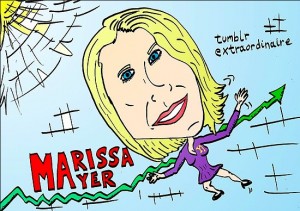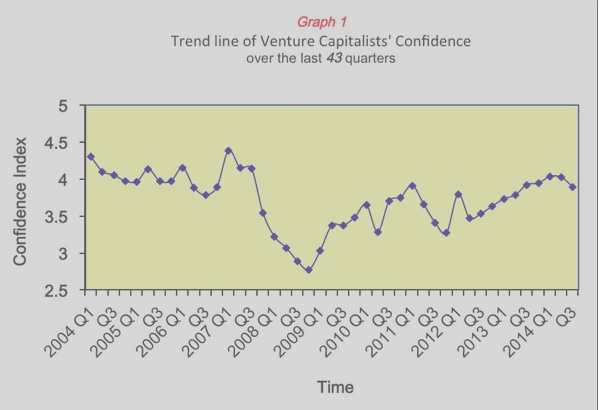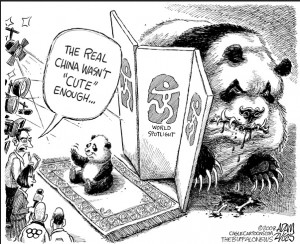What kind of leader is Marissa Mayer of Yahoo? Katie Benner writes: At the end of the day, all executives have to be honest with themselves about whether or not they’re good leader
What are their weaknesses? What don’t they understand? Mayer had never run a business before her arrival at Yahoo (and the company declined to comment on her tenure). She was an early member of Google’s leadership team (Employee Number 20) and exercised a lot of influence over the look and feel of the company’s monster search engine as well as other products. But she was eventually demoted at Google when the political winds went against her.
Mayer was a star student throughout her life and her faith in academic prowess is a common trait in Silicon Valley, where companies like Google stock the employee pool with elite grads. Yahoo — a sprawling Web giant that has its hands in many key parts of the Internet — needs a strong, competent manager at the top of the company. It hasn’t had anyone good at the helm in years. And as we’ve seen amid the tenures of Scott Thompson, Carol Bartz and Jerry Yang, there’s no way that Yahoo’s fortunes will improve without strong leadership.
The rookie qualities that have become part of the Mayer story are a reflection of some brew of inexperience, arrogance, insecurity and poor judgment. No company can grow big or move fast if the CEO has to control every widget that leaves the factory. Eventually, top talent will leave for companies where they’re empowered. The place they’re fleeing will, almost always, weaken.
Each achievement was a pointed refutation of one of many criticisms that’s dogged Mayer’s tenure at Yahoo. The turnaround is a nonstarter. She doesn’t have a strategy. Tumblr was a flop. She’s a poor financial steward.
Leadership, and it’s more stolid cousin management, can be fuzzy, malleable terms, but Corporate America adores them nonetheless. Blackstone’s founder, Steve Schwarzman, was known to be a terrible manager who alternately belittled and terrified employees in his early years. So he eventually brought in a very empowered number two, Tony James, to run day-to-day operations and manage employees. Schwarzman’s private equity firm has thrived as a result. Sandy Weil, on the other hand, famously felt threatened by other strong executives at Citigroup, a flaw he never fully addressed. The weaker leaders who took over after he left ran the megabank into the ground.
No matter how many board members and how many management coaches work with Mayer, only she can answer the questions about what she does and doesn’t know. Only she can bring in top executives, deputies and team leaders who can challenge her and offset her weaknesses.











